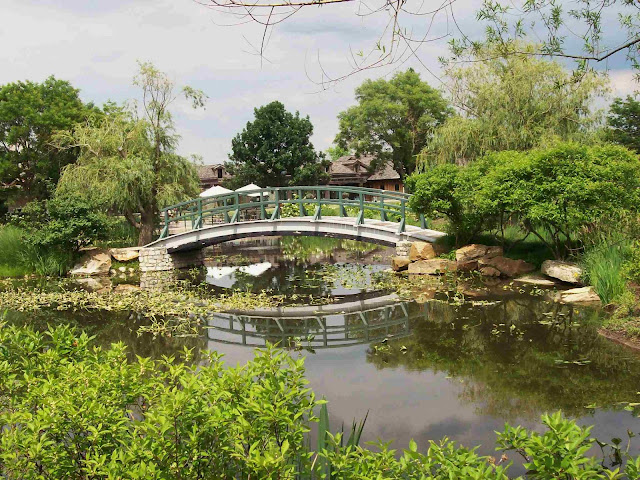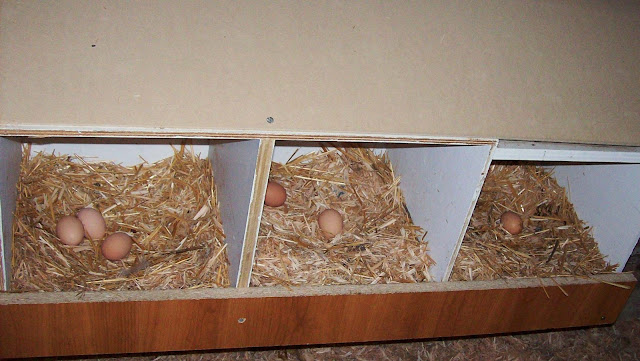Artist's Gallery
Now I am adding some more darks to build up those base colors. The reflection is very brown because of the muddy water, and the strokes go straight down, even though the creek is angled. That somehow gives it a wonderful flowing feeling. And it's a breeze to just paint over that tape! It's funny, several people who saw me painting thought at first I had painted the railing blue!! I’m also really working up the range on the trees, from fluorescent yellows to black greens and turquoise and sea green in between. The most important thing you can do for trees is to have definite darks and lights—and in well-shaped clumps, not little dabbles. I discovered that fact on this picture—and stopped hating painting trees so much!




























